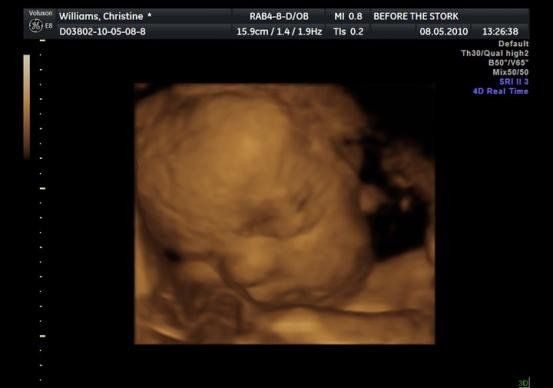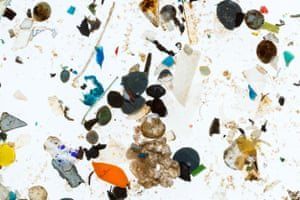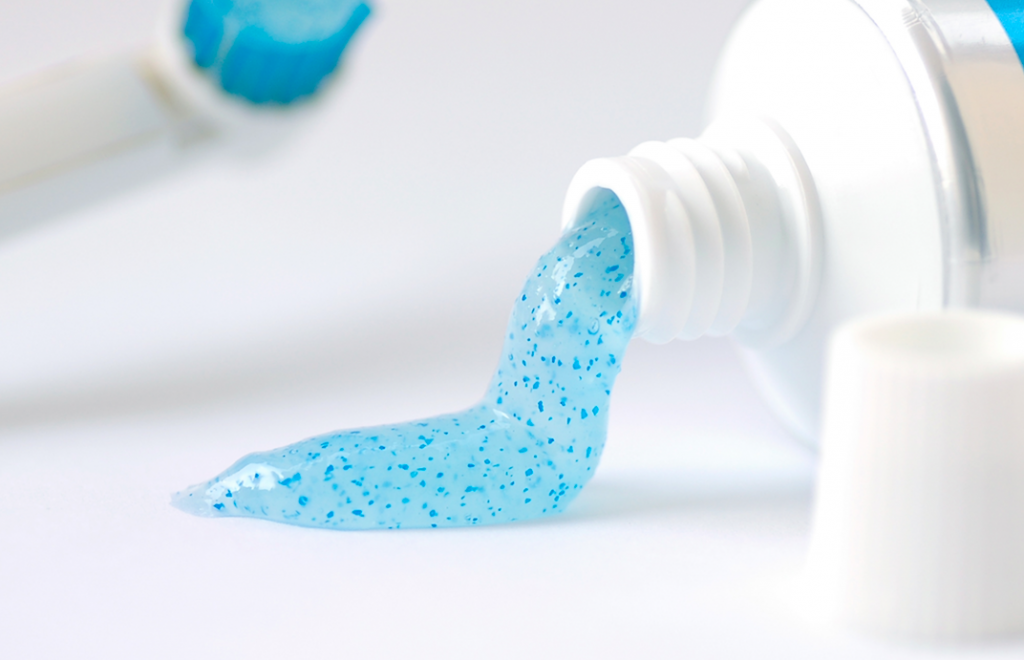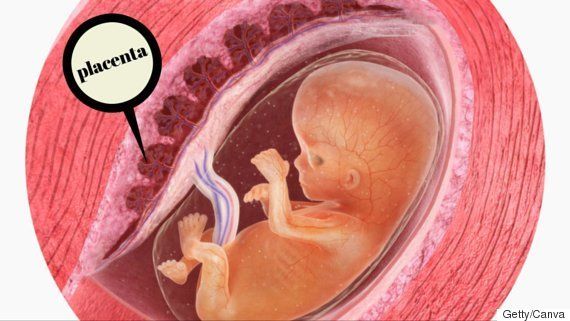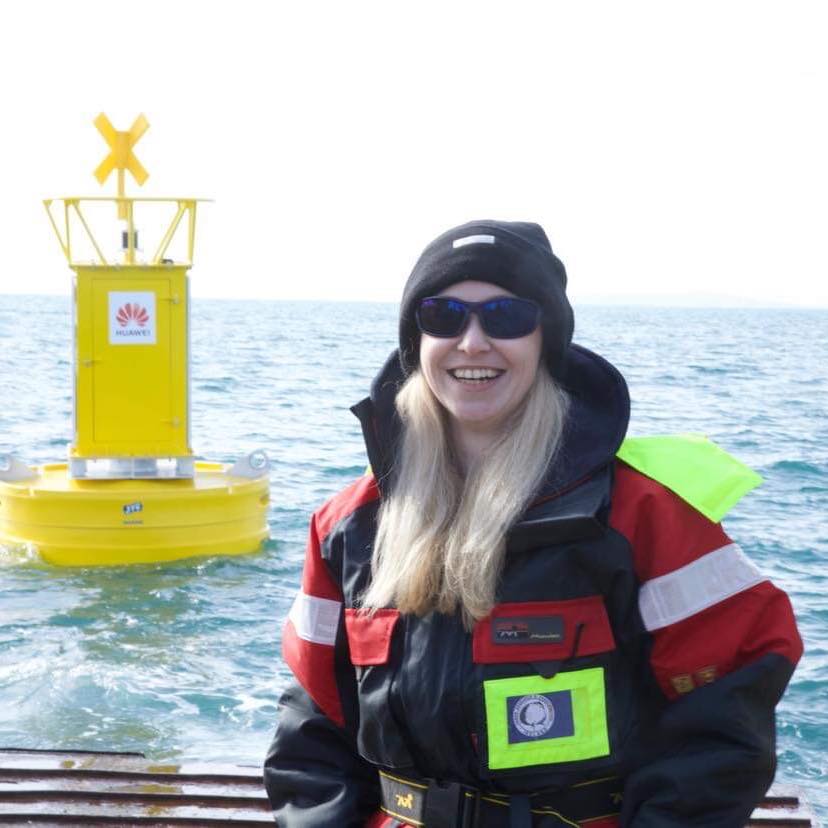MICRO-PLASTICS WERE DISCOVERED IN HUMAN PLACENTA FOR THE FIRST TIME!
Emer Keaveney | 23rd of December 2020.
Micro-plastics are derived from the degradation of plastic objects in the environment and can travel from the environment to living organisms. Now for the first time, researchers from the Department of Life and Environmental Sciences, and the Department of Obstetrics and Gynaecology in Italy, have found micro-plastics in the placenta of unborn human babies. In total, 12 micro-plastic fragments were found across 4 placenta (in the fetal and maternal side) and the chorioamniotic membrane.
Over the last century, there has been a stark increase in the global production of plastics, which has reached an estimated 320 million tons (Mt) per year, with single use plastics accounting for over 40%. In the EU, plastic production reached 58 Mt in 2014 (PlasticsEurope, 2016).
Plastic degradation in the environment is caused by a combination of atmospheric and oceanographic agents such as wave action, abrasion, ultraviolet radiation, and photo-oxidation that work with bacteria to break down fragments into nano sized particles. Across the globe, the ocean's seabed is now made of plastic, and micro-plastics have been discovered in sea air, sea salt, seafood and drinking water!
Mircoplastics have been found in the gastrointestinal tract of marine mammals, and the human intestine!
Micro-plastics can compromise the health of an organism as their body will regard the particles as foreign bodies, which may trigger local immunological reactions. In addition, micro-plastics can also carry with them toxic chemicals, such as environmental pollutants and plastic additives which are known for their harmful effects. (ESA Panel on Contaminants in the Food Chain- Wright & Kelly, 2017).
Now a new study has revealed a shocking truth, that even our unborn are now effected by our careless regard for the environment. Researchers used Ramen Microspectroscopy from human placenta samples collected from six voluntary patients. While their small sample size is a limiting factor, the results are of grave concern, that may have serious consequences for embryo development, that remains to be investigated.
All woman who participated in the study were healthy and their births uneventful. They were also asked to detail their diets (vegetarian, vegan omnivore, no diet restriction) and the use of cosmetics (e.g. toothpaste, and cosmetics containing micro-plastics such as beads in face wash, or other synthetic polymers, the week before delivery.
Placenta samples were collected anonymously after birth, sectioned and stored at -20C in labelled glass bottles for later analysis. Back at the Dept. of Life and Environmental Sciences, Italy, the samples were analysed using a common method used to detect micro-plastics and the data was compared with those stored in a spectral library of the
KnowItAll software. Micro-plastics morphology and chemical characterisation through pigments was also defined and compared, which allowed a definitive number of varying particles to be identified. Pigments identified included those from not only plastic products, but from paints and coatings, which are just as prevalent as micro-plastics (Imhof
et al ., 2016).
Some of the Microplastics found in human placenta included;
-
Iron Hydroxide oxide yellow
which is used for the colouration of polymers (plastics and rubbers), and in a wide variety of cosmetics, such as BB Creams and Foundations!
-
Copper phthalocyanine
and
phthalocyanine
which is used for staining plastic materials and finger paints.
-
Pigment Violanthrone
used for textile dyeing, coating products, adhesives, fragrances, and air fresheners.
-
Pigment Ultramarine
blue
which is mainly used in cosmetics, in the formulations of soap, mascara, lipstick, eye shadow and other make-up products.
Unfortunately, we do not know how micro-plastics enter the bloodstream, whether they enter via the gastrointestinal tract or respiratory system, or both. As placental tissues represent the interface between the foetus and the environment, the presence of micro-plastics found here needs careful consideration in regards to our immunological tolerance mechanism of self tolerance. Particularly, due to the tendency for micro-plastics to accumulate one presence in the human body and to release localised toxicity by influencing immune response and potentially reducing the immunes defence mechanisms against pathogens, ultimately altering the use of energy stores within the womb (Wright & Kelly, 2017). Further studies need to be conducted to investigate if the presence of micro-plastics in human placenta may lead to the release of toxic chemicals and/or trigger an immune response.
References
:
Imhof, H., Laforsh, C., Wiesheu, A.C., Schmid, J., Anger, R., Niessner, N.P, Ivlera, N. P., (2016). Pigments and plastic in limnetic ecosystems: a qualitative and quantitative study of microparticles of different size classes. Water Research
, Vol., 98, Pg., 64-74.
Ragusa, A., Svelato, A., Santacroce, Catalano, P., Notarstefano, V., Carnevalic O., Papa, F., Ciro, M., Rongioletti, A., Baioccoa, F., Draghi, S., D'Amore, E., Rinaldo, D., Matta, M., Giorginic, E., (2021). Plasticenta: First evidence of microplastics in human placenta. Environmental
International
, Vol 146.
Wright, S.I., and Kelly, F.J., (2017) Plastic and Human Health: A micro issue? Environmental Science Technology, Vol., 51, Pg., 6634 - 6647.

